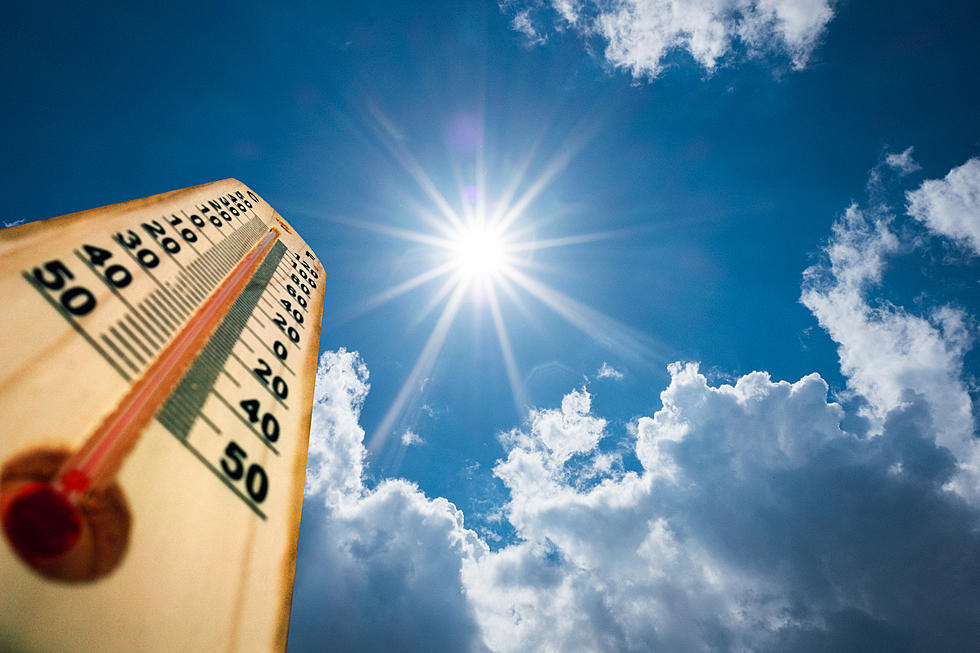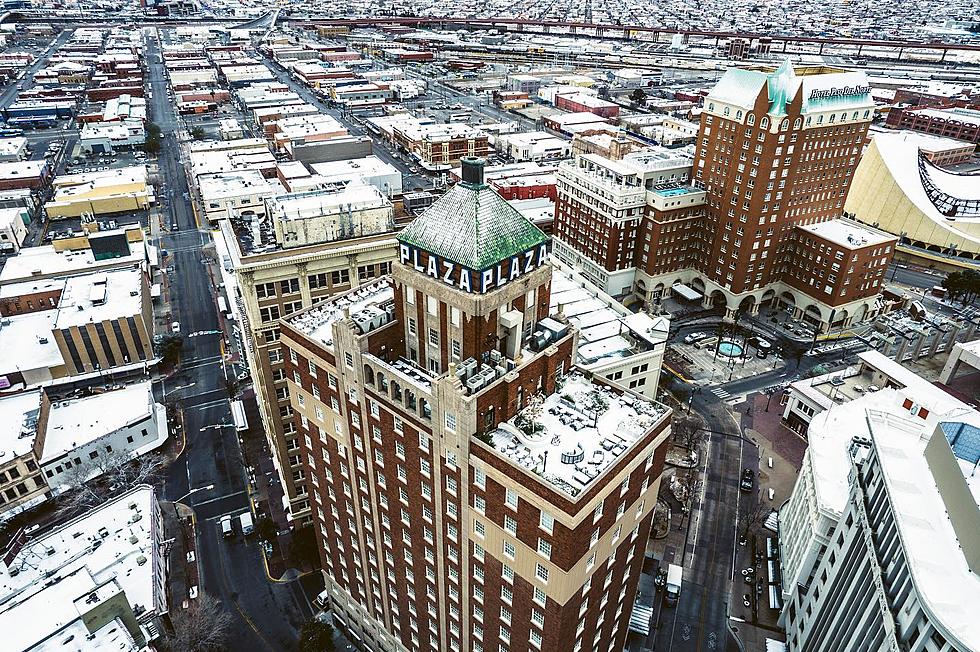
Monsoon Mayhem: How Does Recent El Paso Rainfall Compare to Storm 2006?
The arrival of El Paso's monsoon typically means an increase in thunderstorm activity, and while we don't usually get much rain in the desert, often times when we do get it, we get a lot of it at once.
That was the case on Sunday (July 18) when a rainstorm rolled through the city wreaking havoc on East El Paso where the brunt of its fury was felt. The rain came down fast, furious, and in buckets flooding backyards, intersections, and every low-lying area it could find.
The super-intense thunderstorm officially dropped 1.93 inches of rain at the El Paso International Airport, according to the National Weather Service El Paso, but your rain gauge may beg to differ as some areas appear to have been pounded with a lot more.
How does it compare to the devastating rain event in 2006, the wettest day El Paso has ever seen?
Rinse and Repeat: Mother Nature Making it Rain
El Paso's rainy season, or monsoon, runs from June 15 through September 30, so we’re only one month into it and we’ve already had two rainfall events make it into the record books; the one on the 18th and the storm that clobbered mostly the northeast and west side on June 27-28 with rain, wind and hail.
Although both dropped a lot of rain at one time, neither was sizeable enough to make it into the top ten. Sunday’s 1.93 inches was only good enough for 24th place on the National Weather Service All Time Heavy Rain Fall Events for El Paso, and the 2.08 inches in June is number 15 on the list.
However, they have most definitely contributed to temporarily changing our city’s nickname this summer from the Sun City to the Soggy City.
Nat. Weather Service: The Ten Most Epic Rain Events El Paso Has Ever Seen
1. 3.52 inches July31-August 1, 2006
2. 3.32 inches July 21-22, 1880
3. 2.97 inches September 16-18, 2014
4. 2.89 inches August 11-12 2005
5. 2.75 inches June 30-July 1, 1897
6. 2.63 inches July 5-6, 1968
7. 2.52 inches September 10-11, 1958
8. 2.45 inches August 22, 1906
9. 2.44 inches September 21-22, 1974
10. 2.40 inches May 17-18, 1992
LOOK: The most expensive weather and climate disasters in recent decades
More From 93.1 KISS FM









